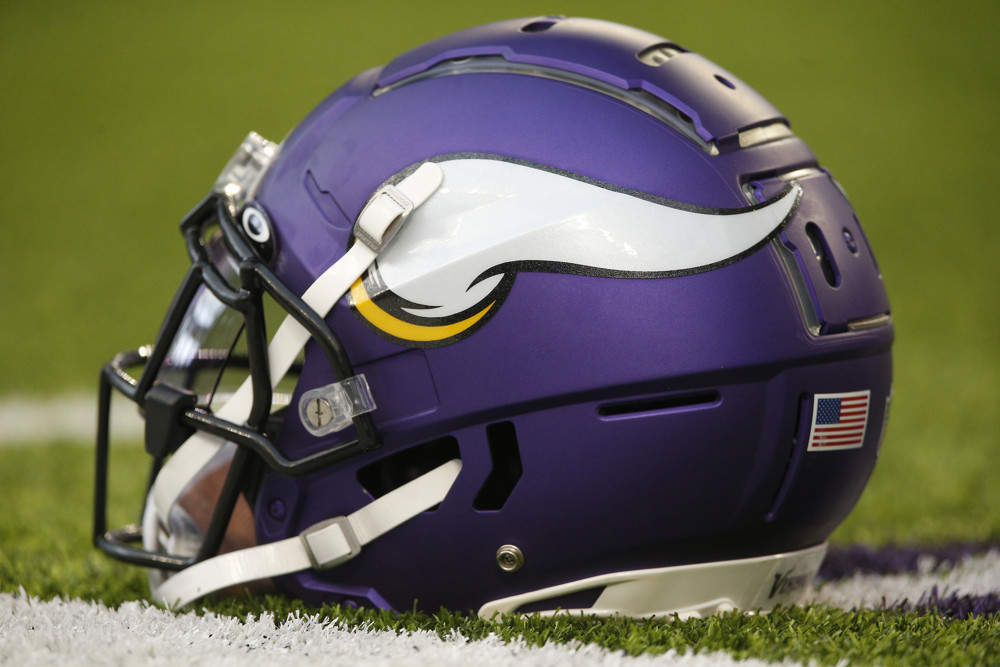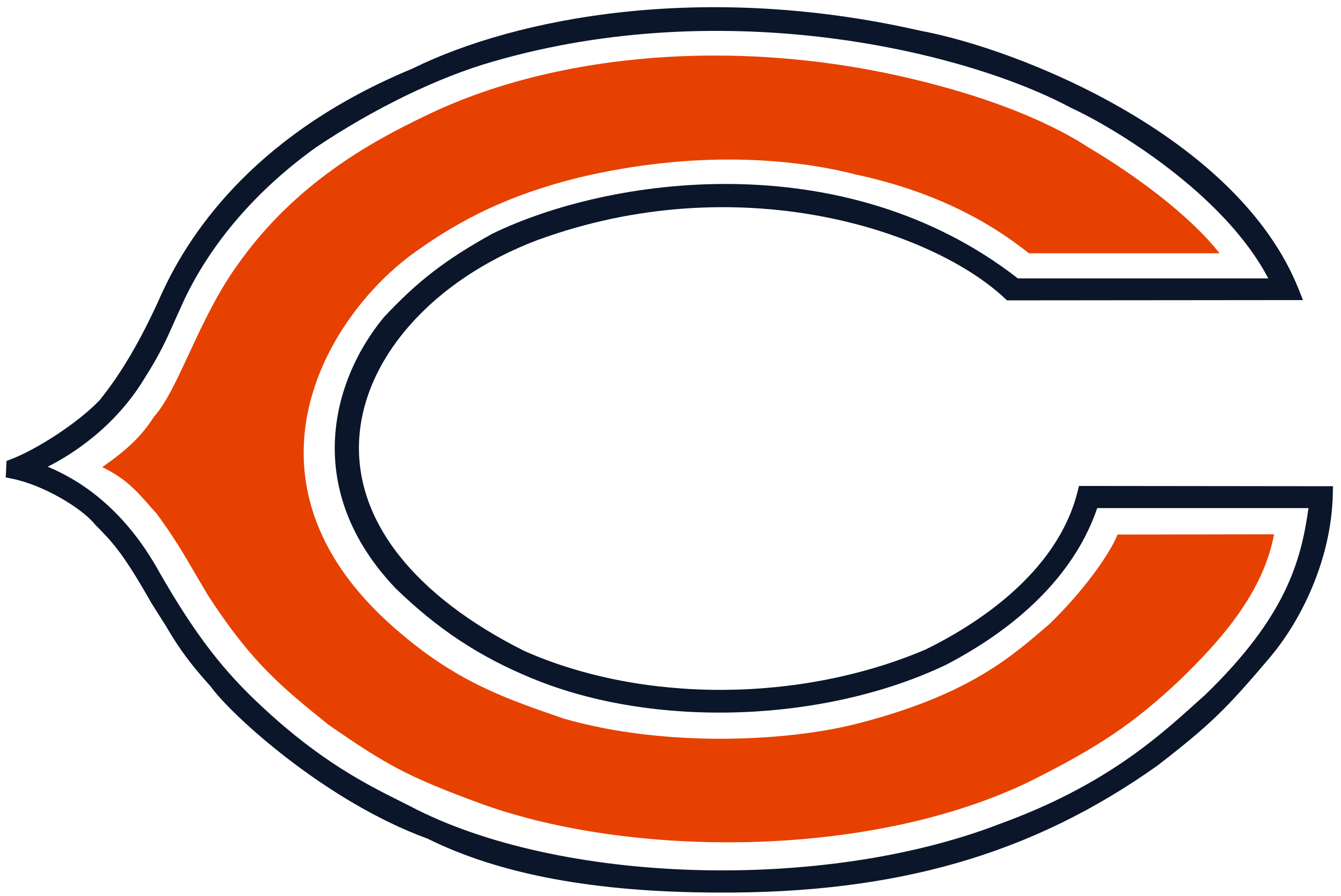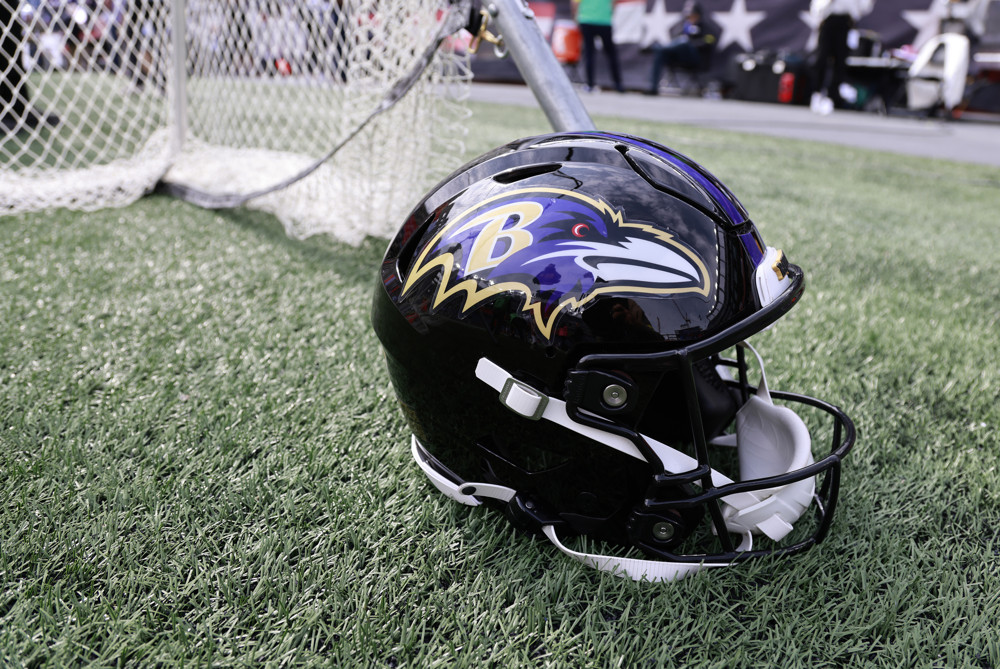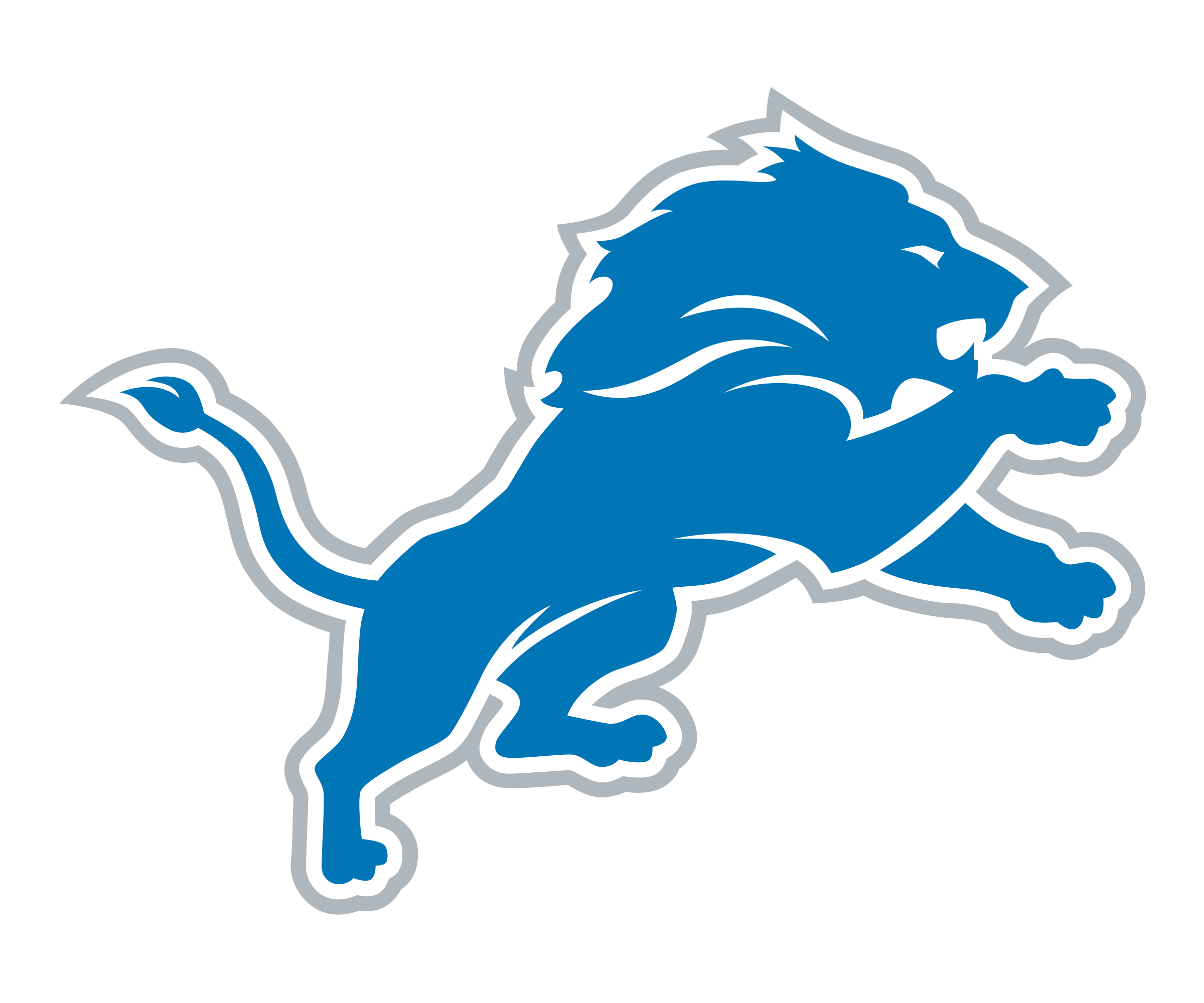What was the Vikings biggest need in the draft?
The Minnesota Vikings made a very important, but not altogether unexpected, move this offseason with the release of veteran wide receiver Adam Thielen, a move that immediately tipped their hand on at least part of their draft strategy. The move saved the Vikings nearly $6.5 million dollars in 2023, but it also limited their options with their early selection. After releasing the ten-season veteran, Minnesota was in clear need of a replacement that could keep defenses honest, as Thielen did, making sure that Justin Jefferson would not consistently be double-teamed on every play of the game. Sure, they obtained T.J. Hockenson from Detroit last season for their 2023 second round selection, reducing the strain somewhat, but also limiting his usefulness if he were to be used solely in that manner. No, they needed to find a wide receiver that was at least on par with Thielen and ideally better than the two-time Pro Bowler, and to do so without their second-round selection.
Who did the Minnesota Vikings draft?
In probably one of the most telegraphed selections made in the late first round, Minnesota did just that, selecting wide receiver Jordan Addison – USC with the 23rd overall pick. The selection of Addison rebalances the offense, takes pressure off of Jefferson, and significantly reduces the salary cap constraints of the Vikings in one fell swoop. Addison and Thielen had very similar athletic profiles coming out of college, albeit with vastly different draft capital spent on each player. We have already established that Addison was a first-round pick but Thielen, on the other hand, went undrafted before securing a spot on the Minnesota roster. Despite this disparity, the Vikings had essentially backed themselves into a corner with the Hockenson trade and by cutting Thielen. Luckily for the team, and Jefferson fantasy owners worldwide, the moves paid off as, by selecting Addison, there should be very little change in the target distribution, the wide receiver corps get significantly younger, and the team can reallocate the salary savings obtained from the release of Thielen to new signings or the re-signing of current players. Overall, a well-executed series of moves that likely required at least a bit of luck to pull off as well.
The #Vikings have signed No. 23 overall pick Jordan Addison, per source.
That makes 13 of 31 first-round picks already under contract. pic.twitter.com/R77dhvovXy
— Tom Pelissero (@TomPelissero) May 17, 2023
The second day of the draft did not feature a pick by Minnesota until the very last pick of the day. That pick, the 102nd overall, saw the Vikings address another significant need with the addition of cornerback Mekhi Blackmon – USC. Prior to the draft, I slightly misread the situation and had Minnesota selecting the same two positions they ultimately selected with their first two picks, just reversed. This order was much more fortuitous for the team as they were able to select an elite wide receiver and then come back to a much deeper position and select a second USC player in Blackmon, a prospect with impressive upside and the potential to start immediately. Despite returning two second-year cornerbacks, second rounder Andrew Booth and fourth rounder Akayleb Evans, the two suffered injuries last season that could provide an opportunity for Blackmon and undeniably prompted the selection. The most direct path to that starting role would be by the supplanting of Evans who suffered an absolutely frightening three concussions last season. By all reports, Evans appears to have overcome the effects of those concussions but, concussions are tricky and players that suffer multiple concussions are often susceptible to future reoccurrences. Hopefully Evans never suffers another such injury but, given that history and the fact that Evans was selected a full round later, Blackmon does have the potential to take over that starting role.
Day Three included four additional selections from the Vikings including safety Jay Ward – LSU (pick 135), defensive lineman Jaquelin Roy – LSU (pick 141), quarterback Jaren Hall – BYU (pick 164), and running back DeWayne McBride – UAB (pick 222). Somehow Minnesota managed to select two players from the same school in back to back picks, for their first four selections of the draft, bravo for their unique approach to the selection process. My favorite selection out of the four players picked in the final day would likely be Ward who, while unlikely to be an immediate starter, could come in as an extra defensive back in certain packages. A fierce downhill hitter with natural instincts, he will need to add some weight to his frame as he weighed in at just 188 pounds while standing 6’-1” tall during his time at the NFL Combine. He could be slowly worked into the defense as a rookie while the strength and conditioning coach works to add some weight to his frame. Once he bulks up a bit he could be a great long term replacement for Harrison Smith who is set to turn 35 years old this season and his contract ballons significantly in the 2024 season. The timing for such a transition makes sense and lines up well with the timeline I just laid out, leading me to believe the likelihood for this happening is, at least, a 50/50 chance.
How did the Vikings do in the 2023 NFL draft?
In terms of grading the Vikings’ draft, I find myself in a bit of a situation I have not yet faced in this series. On one side of the coin Minnesota did a good job of identifying talent to fill the holes the team had prior to the draft. However, on the flip side, doing so was not overly difficult as the two immediate needs were glaring and nearly any player they drafted to fill those holes was bound to warrant even moderate praise. That said, while Blackmon was a solid pick, he might have been a slight reach with a few cornerbacks still on the board that I had ranked just a bit higher. For this reason only, I feel a grade of an A- is both warranted and rewards the team for effectively identifying positions that should immediately strengthen the team. In terms of long-term value, this is a bit of a mixed bag. While I can see nearly every player contributing in one way or another, I think the level of contribution could be significantly lower for the two late round picks. I can not help but feel that those two picks could have been used to provide further options at both wide receiver and cornerback given how prominent those needs were, and to a degree still are. A grade of a B+ for long-term value I believe is fair and balances the upside they found in the middle rounds of the draft with the late round picks that simply missed the mark.



